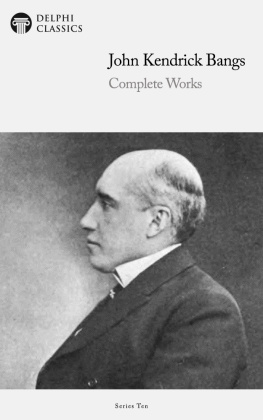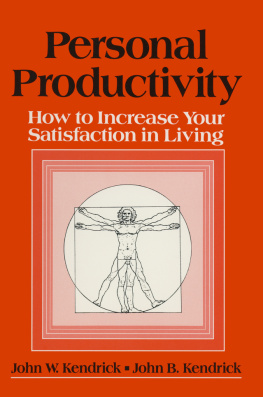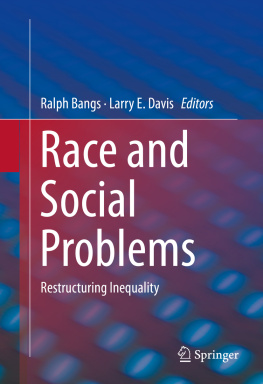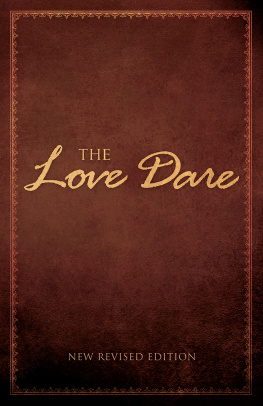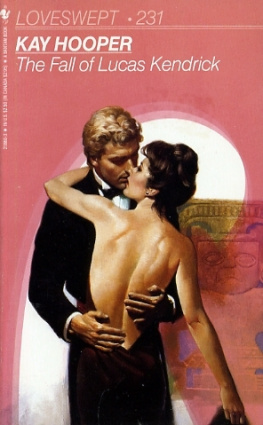
The Complete Works of
JOHN KENDRICK BANGS
(1862-1922)

Contents

Delphi Classics 2020
Version 1


Browse our Main Series

Browse our Ancient Classics

Browse our Poets

Browse our Art eBooks

Browse our Classical Music series

The Complete Works of
JOHN KENDRICK BANGS

By Delphi Classics, 2020
COPYRIGHT
Complete Works of John Kendrick Bangs

First published in the United Kingdom in 2020 by Delphi Classics.
Delphi Classics, 2020.
All rights reserved. No part of this publication may be reproduced, stored in a retrieval system, or transmitted, in any form or by any means, without the prior permission in writing of the publisher, nor be otherwise circulated in any form other than that in which it is published.
ISBN: 978 1 78877 951 7
Delphi Classics
is an imprint of
Delphi Publishing Ltd
Hastings, East Sussex
United Kingdom
Contact: sales@delphiclassics.com

www.delphiclassics.com
Parts Edition Now Available!

Love reading John Kendrick Bangs ?
Did you know you can now purchase the Delphi Classics Parts Edition of this author and enjoy all the novels, plays, non-fiction books and other works as individual eBooks? Now, you can select and read individual novels etc. and know precisely where you are in an eBook. You will also be able to manage space better on your eReading devices.

The Parts Edition is only available direct from the Delphi Classics website.
For more information about this exciting new format and to try free Parts Edition downloads , please visit this link .
The Novels

View of Yonkers, a city in Westchester County, New York, 1860 Bangs birthplace

Yonkers today, viewed from New Jersey Palisades
Roger Camerden (1887)

A STRANGE STORY
First published by George J Coombes of New York in April 1887, this novel was initially released anonymously with Bangs only admitting authorship of it once his career had started to take off. He was just twenty-five at the time that it first appeared and hed written it the previous year when he and his new wife had honeymooned in England. The year after publication he went to work for publishers Harper & Bros, to take charge of the humorous department of their periodicals at $50 per month for two or three afternoons a week.
Described by some as a horror novel and by others as a psychological fantasy it is certainly an oddity in his oeuvre, for all his subsequent genre work would be humorous. The story opens with a dinner of the Knights of St George and with Camerden dead, as Henderson, a friend of his since college, tells his story. During their college course they struck up a friendship; however, shortly after their junior year started, Camerden was called home. When he returned he was a changed man, absent-minded, reserved, silent, irritable.
Many years later Henderson learns that Camerdens father committed suicide and his mother died of grief soon after. Camerden spent a lot of time and effort trying to track down Henry Marville, the man he believes responsible for his fathers suicide. He moves from the city to the country and falls in love with his neighbours daughter, Hester, only to later discover that her father is the man hes been looking for. Then Camerden dies. Palmer, another of the Knights, is the nephew of Henry Marville and knows his side of the story. Henry Marville, he says, did not have a daughter. Who was Hester Marville and was the house in which Roger died really haunted?
Perhaps prompted by the novel being published as anonymous, critical reaction at the time is hard to trace, but the lack of any significant reprints until the twenty-first century suggests that it was generally overlooked.

The first edition
CONTENTS

The second editions title page
TO
A. H. B.
I. THE DINNER OF THE KNIGHTS OF ST. GEORGE.

T HE DEVICE , WHICH certain unregenerate members of the association termed the trade mark, of the St. George Society, representing the patron saint of England seated upon the steed of rationalism, engaged in deadly combat with the dragon of superstition, showed plainly the object for which the association had been formed.
The knights, as the thirteen members of the society called themselves, upon their initiation had sworn a dreadful oath to fly directly in the face of Providence by disregarding the warnings of proverb, fable, and crone. On all possible occasions they sat thirteen at table; never was there lost an opportunity to break through the long line of carriages of passing funerals; always was the cracking of a mirror greeted with a smile of contemptuous incredulity; and as for marriage, no knight ever let pass the opportunity to postpone indefinitely that epoch in the life of man and womankind, when it was possible so to defer it by falling up-stairs without loss of dignity or other serious damage.
Next page
